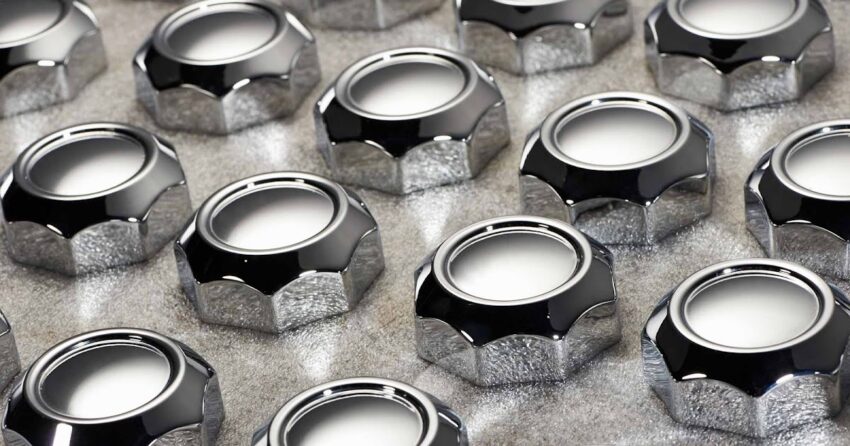Trivalent chromium finishing enables corrosion resistance coatings on metal surfaces through the electrolytic deposition of trivalent chromium. Used across industries like aerospace, automotive, and electrical and electronics, trivalent chromium finishing is gaining importance due to its properties of hardness, durability and low environmental impact. Trivalent chromium solutions are replacing traditionally used hexavalent chromium plating as they are less toxic and more environment friendly.
The Global Trivalent chromium finishing Market is estimated to be valued at US$ 331.3 Mn in 2024 and is expected to exhibit a CAGR of 12.% over the forecast period 2024 To 2031.
Key Takeaways
Key players: Key players operating in The Trivalent Chromium Finishing Market are Kakihara Industries Co., Ltd.; Ronatec C2C, Inc., MacDermid, Inc.; Atotech; Sarrel Group; Chem Processing, Inc. These players are focusing on new product launches and expansion strategies to gain a competitive advantage in the market.
Growing Demand: There is a rising demand for trivalent chromium finishing across industries like automotive, aerospace, machinery and metal fabrication due to advantages like corrosion resistance, hardness and ability to plate complex geometries. This will fuel the growth of trivalent chromium finishing market during the forecast period.
Global Expansion: Major market players are expanding their global footprint by establishing new production plants globally especially in Asia Pacific and Latin America. They are also collaborating with regional players to cater to the growing product demand from developing countries thus further strengthening their presence.
Market Key Trends: One of the key trends witnessed in the trivalent chromium finishing market is the increasing use of integrated plating systems that offer higher plating efficiency while reducing the environmental footprint. These systems enable automatic control of process parameters and real-time monitoring of trivalent chromium solutions thus ensuring consistent plating quality.
Porter’s Analysis
Threat of new entrants: Low capital requirements for starting operations pose moderate threat.
Bargaining power of buyers: Large number of suppliers results in lower buyer power.
Bargaining power of suppliers: Few raw material suppliers gives them higher power.
Threat of new substitutes: Alternatives like conversion coatings pose moderate threat.
Competitive rivalry: Intense competition among established players keeps rivalry high.
Geographical Regions
North America accounts for around 35% share of the global market value due to wide application in automotive and aerospace industries. Asia Pacific is another major region concentrating around 30% market share led by countries like China, India, and Japan where intermediate goods production is concentrated.
The Asia Pacific region is expected to witness fastest growth during the forecast period. This can be attributed to shifting of manufacturing facilities from developed regions coupled with rising domestic demand from end-use industries like construction and automotive. Countries like China and India serve as lucrative markets.

